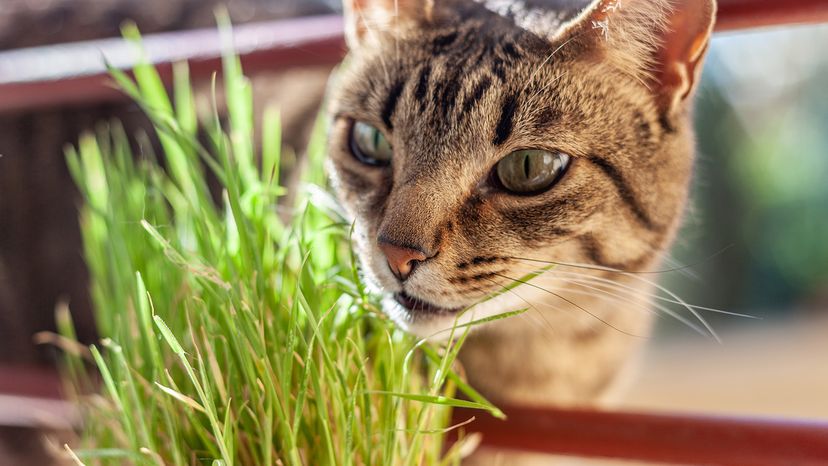
Most pet owners have asked themselves at some point: Is catnip bad for cats? The short answer is no. Catnip is nontoxic and safe for your cat in most situations, but there's more to this minty herb than meets the eye.
Advertisement

Most pet owners have asked themselves at some point: Is catnip bad for cats? The short answer is no. Catnip is nontoxic and safe for your cat in most situations, but there's more to this minty herb than meets the eye.
Advertisement
Catnip, or Nepeta cataria, is a perennial herb and a member of the mint family.
It contains a volatile oil called nepetalactone that stimulates cats’ sensory neurons and brain regions (like the amygdala and hypothalamus) through scent — similar to how a strong odor can instantly send humans down memory lane.
Advertisement
When cats smell catnip, this oil triggers sensory neurons in their nose that send signals to the olfactory bulb, then to the brain's amygdala and hypothalamus (regions linked to emotion and behavior).
Cats respond to catnip with a range of behaviors, from increased playfulness to rolling, rubbing and even mellowing out.
Advertisement
But not all cats react. Sensitivity to catnip is inherited, and about 30 to 40 percent of domestic cats show no reaction. Kittens and older cats often don't respond either.

Moderation is key. While catnip is generally safe, too much can cause vomiting, diarrhea or even aggression in some cats. This is especially true with highly concentrated catnip oils.
Think of it like chocolate for humans: A little can be delightful, too much can be trouble.
Advertisement
Pet experts recommend using only a pinch or two of dried catnip at a time or offering toys filled with catnip instead of loose leaf. If your cat starts acting strangely or shows signs of distress, stop using it and talk to a veterinarian.
While many cats go wild for catnip, others don’t respond at all. The reaction to catnip is genetic and not all members of the cat family have the gene. Tigers and lions often react similarly to domestic cats, but other cats show no interest.
Cats that do react are experiencing something closer to a chemical-induced mood swing than a high. It doesn’t work like drugs in human brains, and there’s no evidence of long-term effects. Just fun — usually.
Advertisement

If you want to introduce catnip to your cat, start slow. Rub a little on a favorite toy or scratching post. Try a catnip-stuffed toy to encourage play or relaxation. Avoid giving it in food until you know how your cat reacts.
Always observe your cat's behavior. Most cats enjoy a mellowing effect, but if your cat gets aggressive or sick, it’s time to reconsider. Remember, what delights one kitty may do nothing for another.
Advertisement
Catnip comes in dried form, sprays, toys and even as part of treats. Dried catnip is the most common and should be stored in an airtight container to keep it potent. Fresh catnip is also an option, and many cats love rubbing on the leaves of the plant.
Interestingly, cats become temporarily immune to catnip after a bout of exposure. That means if your kitty loses interest, just give them a break. After a few hours or a day, they'll likely be ready for another whiff.
Advertisement
We created this article in conjunction with AI technology, then made sure it was fact-checked and edited by a HowStuffWorks editor.
Please copy/paste the following text to properly cite this HowStuffWorks.com article:
Advertisement